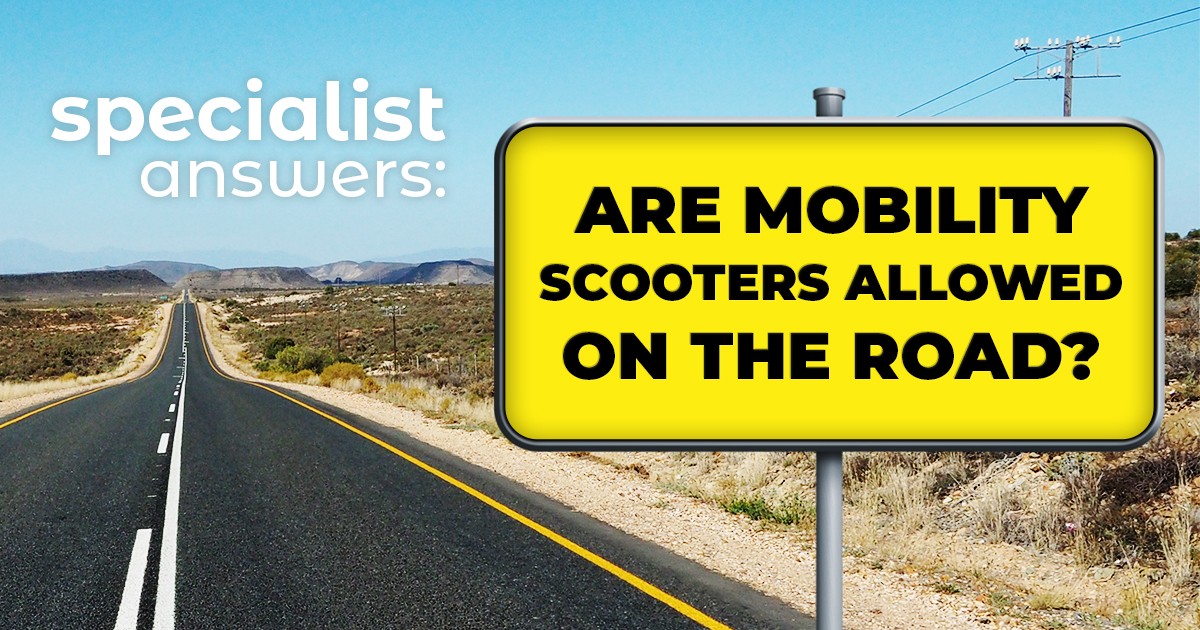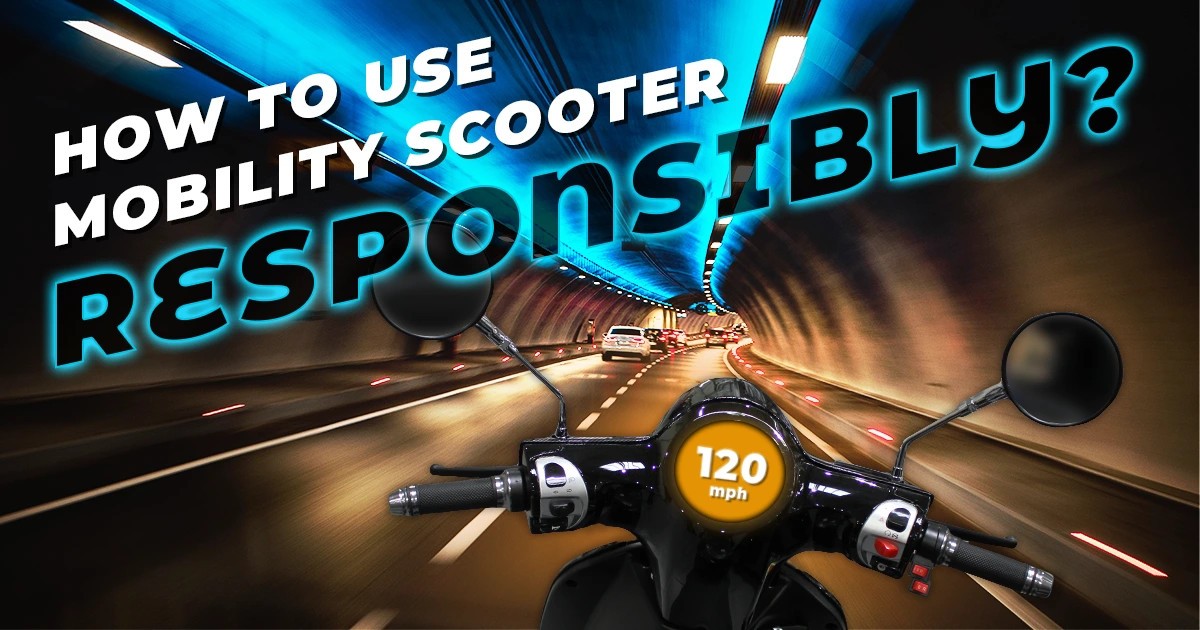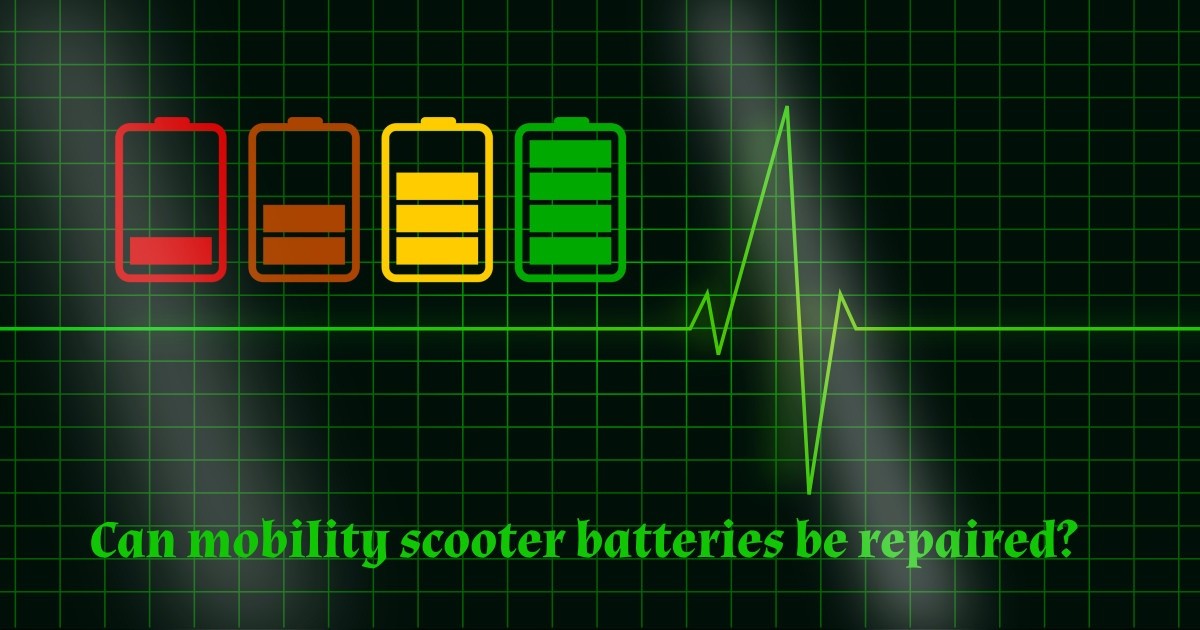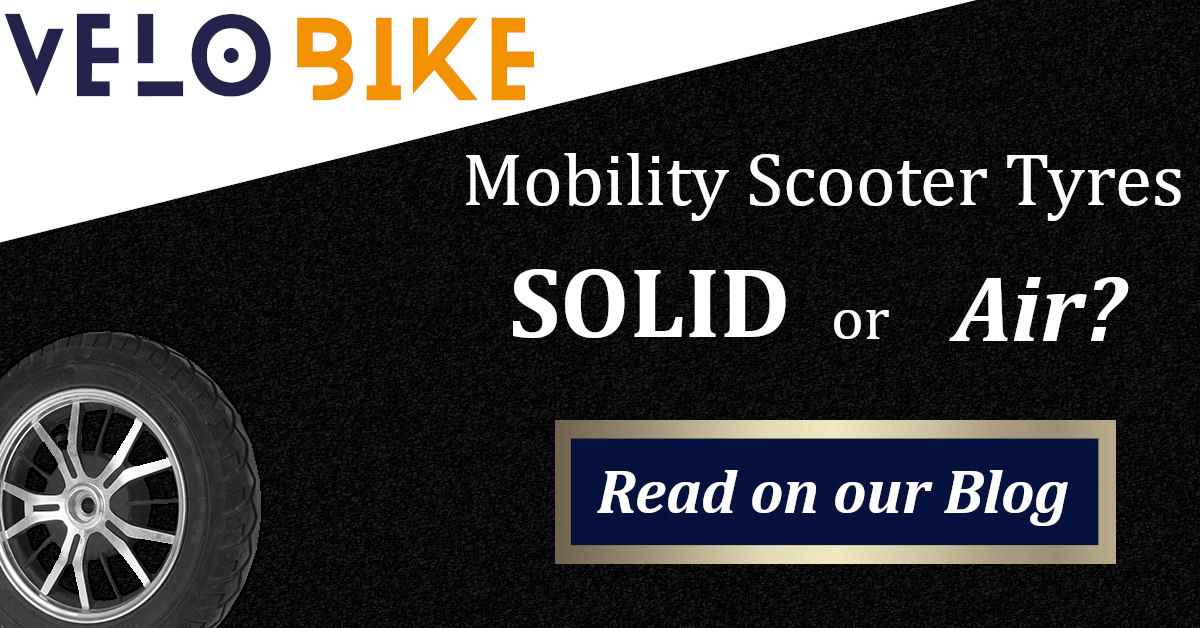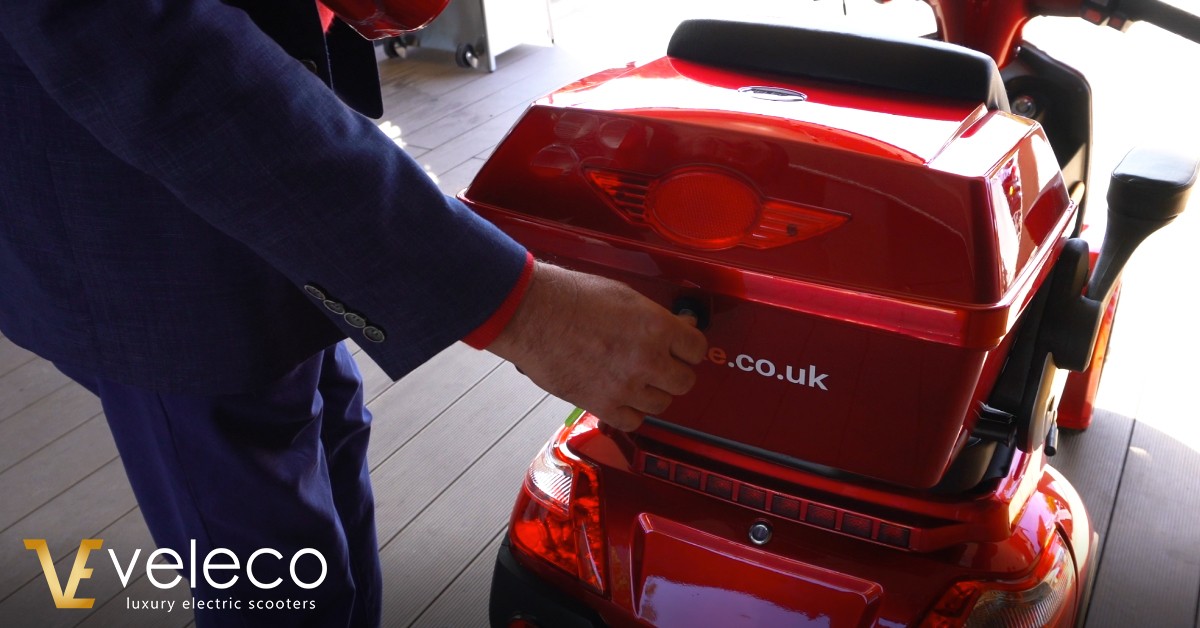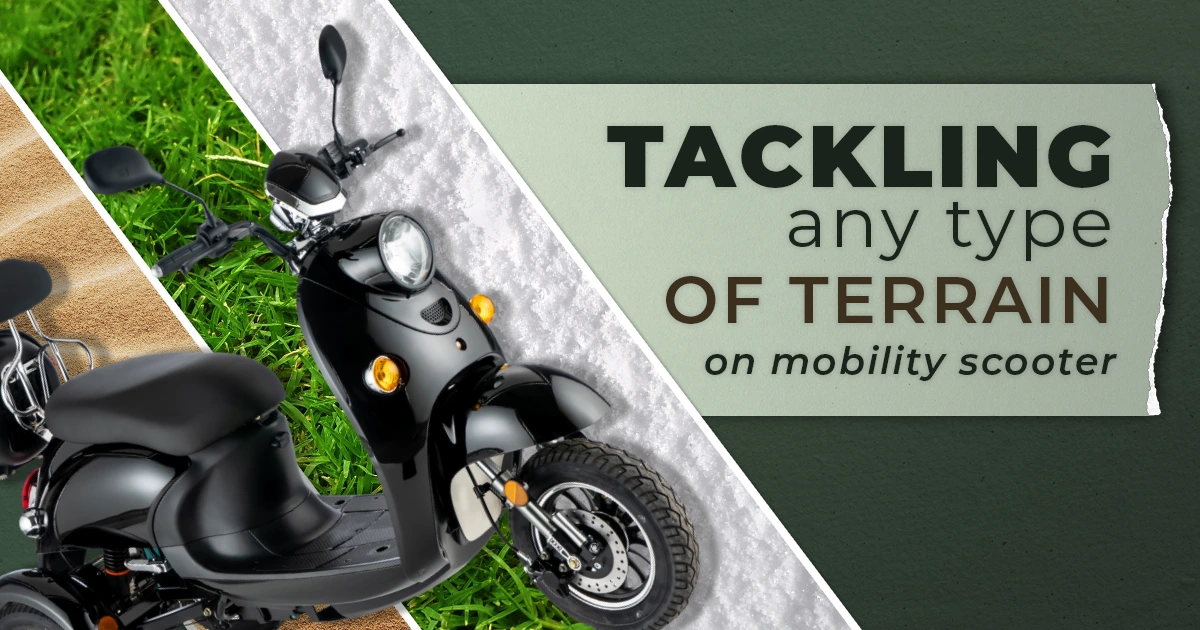
On rare occasions, we are asked how our mobility scooters deal with terrain of various type. In this short post, we will gladly disclose this information, taking in consideration the types of trips our customers often take.
Depending on the season, mobility scooters face different challenges. As such, we will divide the information between summer and winter, to discuss all possible scenarios.
Mobility scooter – terrain during summer trips
During the hot season, mobility scooter sales skyrocket, because beautiful weather is the perfect time to drive around. One of the most common terrains encountered by riders is a simple earth or sand path. If they aren’t powdery, they are harmless to inner workings of the vehicle, especially the electric motor.
However, powdery sand which can be encountered in a very dry season on the beach will definitely harm any electric components. Small grains can get inside, damaging them over time. As such, it’s best to avoid driving a mobility scooter on such terrain of any kind that has an electric motor.
Another type of terrain is grass. A short, well trimmed one will not harm the vehicle at all. In fact, Model FASTER with roof is used as a golf buggy at times and handles such terrain well. On the other hand, very tall grass might get entwined in moving parts of the vehicle, so it is best to avoid it.
Riding mobility scooter in winter
For last, we leave dealing with snow. Obviously, an electric scooter isn’t a snow plough and shouldn’t be used as one. Some users might be worried about riding in winter altogether, because of all too frequent moisture.
When using a mobility scooter in winter terrain, packed snow roads won’t be an issue. Any moisture which might gather is also easily dealt with. All the user has to do is to wipe the vehicle with a dry piece of cloth and let it dry before the next usage.
Interested in more posts like this? Follow us on Facebook and Twitter and always stay up to date!









